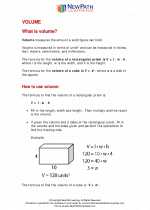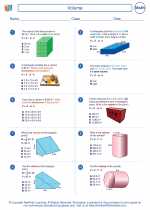Fibonacci Sequence
The Fibonacci sequence is a series of numbers in which each number is the sum of the two preceding ones, usually starting with 0 and 1. The sequence goes: 0, 1, 1, 2, 3, 5, 8, 13, 21, 34, and so on.
How to Generate the Fibonacci Sequence
To generate the Fibonacci sequence, you start with the first two numbers, 0 and 1. Then, to find the next number in the sequence, you simply add the two previous numbers together. For example:
- 0 + 1 = 1
- 1 + 1 = 2
- 1 + 2 = 3
- 2 + 3 = 5
- 3 + 5 = 8
- 5 + 8 = 13
- and so on...
Mathematical Representation
The Fibonacci sequence can be represented mathematically using the following formula:
Fn = Fn-1 + Fn-2
Where Fn is the nth number in the sequence, and Fn-1 and Fn-2 are the two preceding numbers.
Applications of Fibonacci Sequence
The Fibonacci sequence appears in many different areas of mathematics and science, including geometry, nature, and even financial markets. It has also been used in computer algorithms and coding.
Study Guide
Here are some key points to remember about the Fibonacci sequence:
- The sequence starts with 0 and 1.
- To find the next number, you add the two previous numbers together.
- The sequence is often denoted as Fn, where n represents the position of the number in the sequence.
- The sequence has many applications in various fields.
Practice generating the Fibonacci sequence and try to find patterns within the sequence. This will help reinforce your understanding of how the sequence works and its mathematical properties.
Enjoy exploring the fascinating world of the Fibonacci sequence!
.



